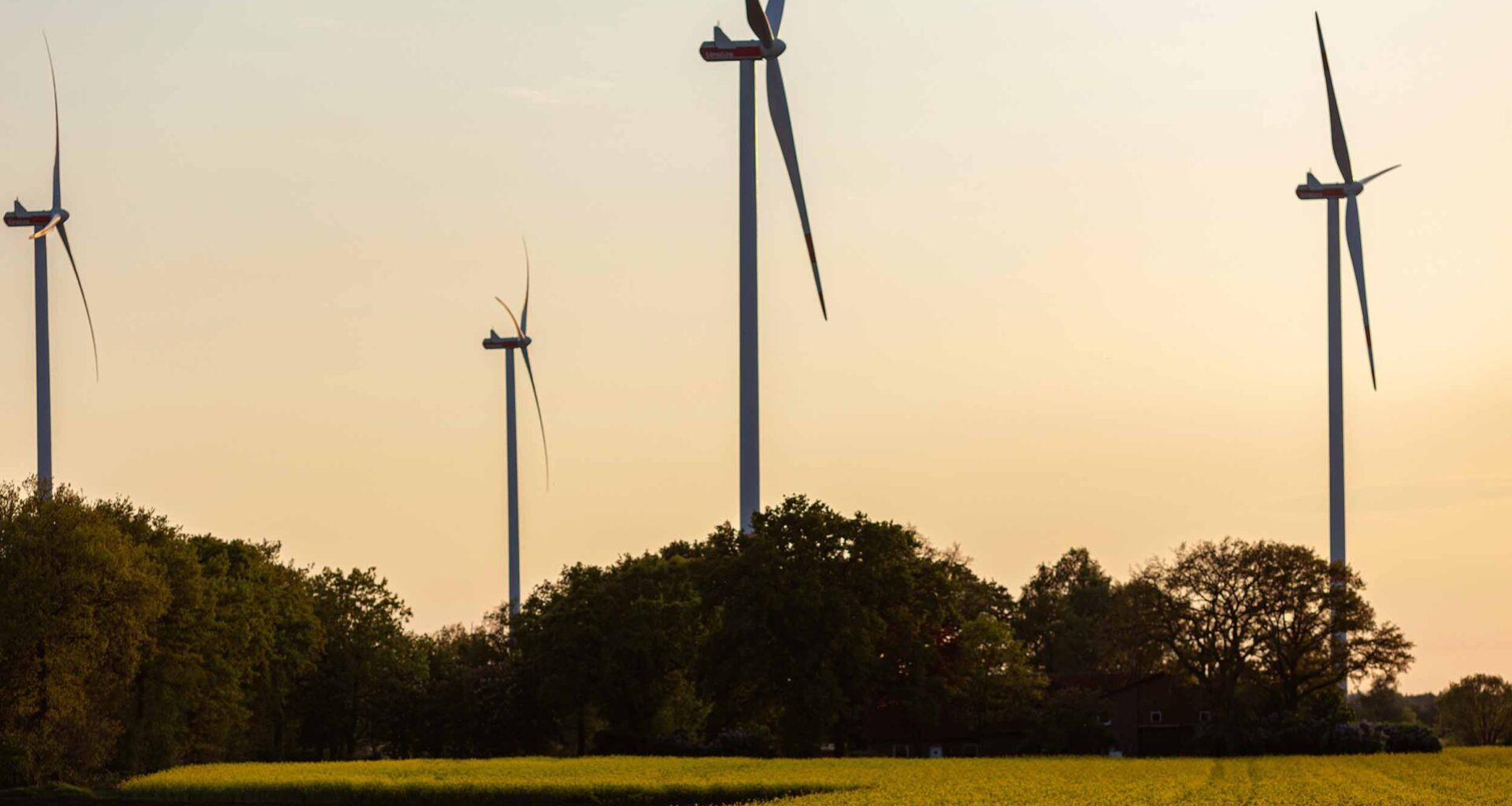Taube Van Melkebeke is head of policy at the Green European Foundation, and Sandra Tzvetkova is senior policy adviser and Alba Berhami Sintomer is policy adviser and research lead at E3G
The next Multiannual Financial Framework offers a rare chance to align the bloc’s resources with its strategic ambitions and secure a fair, sustainable and resilient future
At a glance
A persistent gap between the EU’s political ambitions and its financial capacity is undermining progress on climate, social equity and economic renewal
The shift to a net zero inclusive economy must be the central pillar of the next EU budget — not just a priority, but the foundation of competitiveness and cohesion
To meet the scale of today’s challenges, the bloc needs a significantly larger and more targeted budget, grounded in solidarity, strategic investment and long-term vision
From rising geopolitical tensions and intensifying climate risks, to digital disruption and eroding global competitiveness, the EU faces a convergence of structural challenges. And while the bloc has succeeded in making historic strides in the wake of recent crises, it has not yet fully equipped itself with the tools it needs to meet a compounding set of needs.
The EU’s share in global markets and industrial output is in decline, leadership in innovation is eroding, and productivity growth is stalling. Meanwhile, the bloc is also struggling to deliver its commitments on climate action, social equity and poverty eradication.
Taken together, these challenges threaten long-term prosperity, stability and the EU’s capacity to promote a positive international order.
Common roots
At the root of these issues lies a structural gap: the mismatch between the bloc’s political and strategic ambitions and the resources it mobilises to realise them. A new direction is both necessary and attainable.
With the post-2027 Multiannual Financial Framework on the horizon, leaders now face a historic opportunity to equip the EU with a financial envelope and architecture that matches its challenges and ambition, that enables the bloc to emerge more cohesive, sustainable and resilient.
The transition as strategic road map
To be successful, the next EU budget must centre around the transition to a net zero, inclusive and future-ready economy. This is not simply one policy priority among others, it is the strategic road map that unlocks the bloc’s capacity to compete, collaborate, protect and prosper.
Apart from delivering long-term sustainability, the green transition can — if done well — also strengthen equality and social stability by generating co-benefits, fairer opportunities and democratic engagement.
Moreover, accelerated decarbonisation increases energy independence, fosters industrial leadership in clean technologies, and reduces long-term costs.
While GDP in itself is no comprehensive indicator of societal wellbeing, the transition is proving the most viable pathway for productive development, with 30 per cent of EU economic growth coming from the clean economy in 2023.
Bridging the gap
But this transformation is capital-intensive and cannot be financed by the private sector alone. Mario Draghi’s report on EU competitiveness calls for an additional €800bn annually to modernise the bloc’s economy — at least a third of which must be public.
Without the Recovery and Resilience Facility, which expires in 2026, the EU budget, however, remains stuck at around 1 per cent of gross national income, a figure roughly unchanged since the 1980s.
The Multiannual Financial Framework is not just a technical discussion, it is a test of whether the EU can rise to unprecedented challenges by investing in a sustainable and inclusive future
Member states, constrained by unequal fiscal space and outdated rules, cannot close this gap on their own. A more ambitious EU budget is therefore not just desirable, it is essential.
Without it, the EU risks fragmentation — between regions, between communities and between generations. What is needed is a supranational approach that matches the scale of the bloc’s strategic transformation needs and ensures efforts and benefits are fairly distributed.
Increase and focus
The next Multiannual Financial Framework must substantially increase. Financing tools should expand through a combination of higher member state contributions, new own resources and joint borrowing.
But it is not just about size, the budget must also sharpen its focus. Priority-based allocation must ensure the green transition and its social dimension are central to the EU’s economic strategy.
Flexibility in spending is necessary, but it should not come at the cost of long-term priorities. Climate action and social equity must be mainstreamed and protected through earmarked funding.
Conditionalities, such as the green “do no significant harm” principles, joined by strengthened social ones, such as minimum labour standards, respect for human rights and responsible corporate behaviour, are needed to further ensure investments are genuinely in line with a just, sustainable and therefore future-proof economy.
Channelling momentum
Encouragingly, even traditionally frugal member states are rethinking their stance. Germany recently broke with fiscal orthodoxy to fund climate, infrastructure and defence investments in recognition of the scale of today’s geopolitical and environmental challenges. These signals must now be leveraged into decisive and meaningful action.
The EU has the knowledge, the institutions and the public backing to lead on transformation. What it lacks is a budget to match its ambition.
The Multiannual Financial Framework is not just a technical discussion, it is a test of whether the EU can rise to unprecedented challenges by investing in a sustainable and inclusive future.
This article is based on the policy brief Bridging the Gap by the same authors, published by the Green European Foundation
